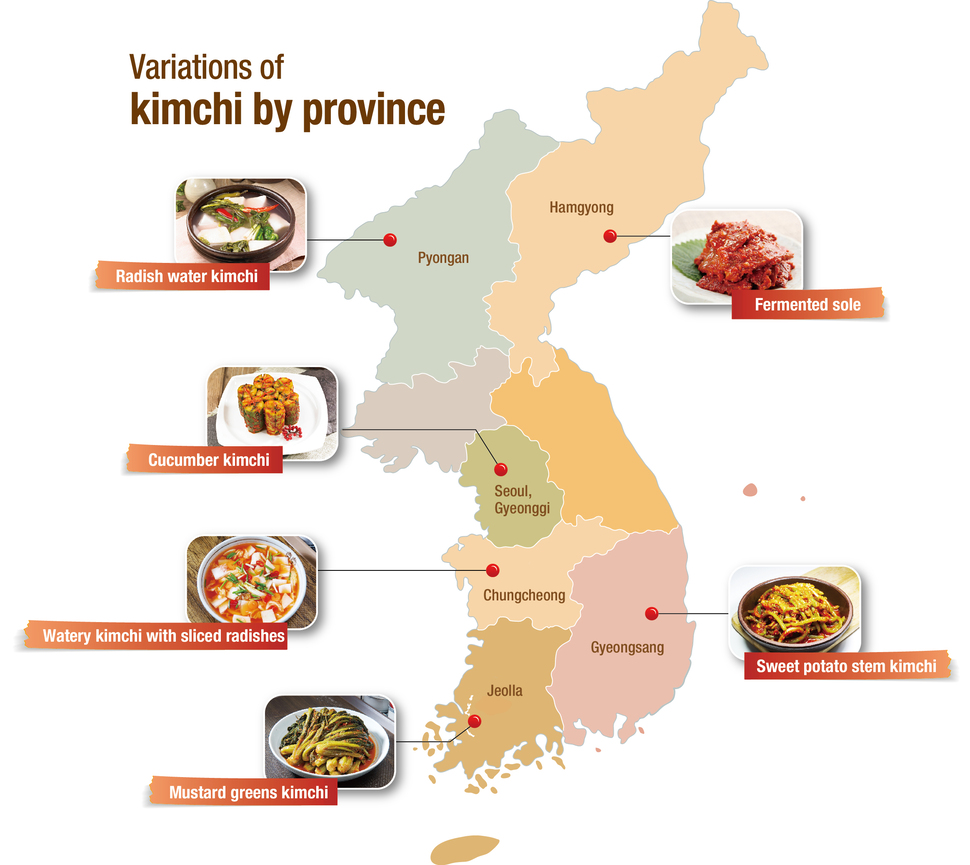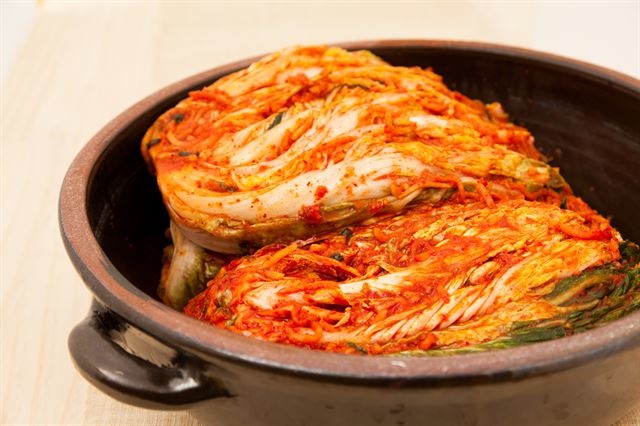[Nov] Korea celebrates Kimchi Day on November 22
Date Nov 25, 2022

Kimchi, the traditional Korean side dish generally made of fermented cabbage, salt and hot pepper powder, is the country’s most famous staple dish.
Eaten at almost every meal, kimchi means so much to Koreans that the country has a day dedicated to it – Korea designated November 22 as Kimchi Day in 2020, in line with efforts to promote kimchi’s excellence in terms of nutrition and highlight its cultural value.
Not only Korea, but several U.S. states – California, Virginia, New York and Michigan – also celebrate Kimchi Day on November 22. According to the Museum of Korean American Heritage, the dish will be honored in Washington, D.C., at a special event at the Library of Congress on Capitol Hill for the first time on December 6.
Traditionally, Koreans made kimchi in late autumn, usually in November. Extended family gathered to turn hundreds of napa cabbages into kimchi to stock multiple households with enough to last through the long, harsh winter when fresh greens were hard to come by.
Known as kimjang, this process of gathering and making kimchi was registered as a UNESCO Intangible Cultural Heritage of Humanity in 2013.
“It reaffirms Korean identity and is an excellent opportunity for strengthening family cooperation. Kimjang is also an important reminder for many Koreans that human communities need to live in harmony with nature,” according to UNESCO.
Korea also designated making kimchi a national intangible cultural asset in 2017. Many academic research papers have documented the health benefits of kimchi. The fermented food is widely known to contain probiotics, calcium and vitamins and boosts immunity.
Recipes vary depending on the region, and different provinces boast different flavors of kimchi due to varying methods and ingredients used in kimjang.
 Baechu kimchi made with napa cabbage (Courtesy of gettyimagesbank)
Baechu kimchi made with napa cabbage (Courtesy of gettyimagesbank)
The northern parts of the Korean Peninsula, now in North Korea, are known for cold, long winters. Food there typically has a relatively mild taste. Likewise, their kimchi is less salty compared to versions consumed in more southern areas.
The cold weather up north slows down the fermentation process, and fewer spices and salted ingredients are required. The kimchi there tends to have a more refreshing quality. In the Pyongan-do Provinces, dongchimi (radish water kimchi) is enjoyed, and in the Hamgyong-do Provinces, gajami sikhae (fermented sole) is the most popular variety, fermented with radish and other seasonings.
In Seoul and Gyeonggi-do Province, kimchi tends to have lighter, subtle flavors. Oi sobagi (cucumber kimchi), known for its crunchy texture and refreshing flavor, is widely enjoyed by the residents of the capital region.
Nabak kimchi (watery kimchi with sliced radishes) is popular in the Chungcheong-do Provinces. This is a less spicy version of kimchi that combines cabbages and radishes. It tastes sweeter than other types of kimchi due to the addition of sliced fruit such as apples and pears.
Warmer weather further south accelerates fermentation. To help kimchi stay edible longer, people there use larger amounts of red-pepper powder and pickled seafood than are used up north. In the Jeolla-do Provinces, gat kimchi (mustard greens kimchi) is a popular side dish, and in the Gyeongsang-do Provinces, gogumajulgi kimchi (sweet potato stem kimchi) is very common.
**If you have any questions about this article, feel free to contact us at kocis@korea.kr.**

The Ministry of Culture, Sports and Tourism's "Korea Here & Now" work can be used under the condition of "Public Nuri Type 1 (Source Indication)."




